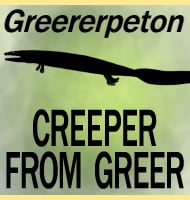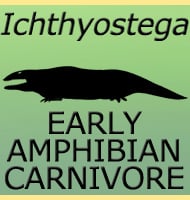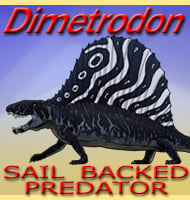Pholiderpeton
In Depth Pholiderpeton was a genus of semi aquatic reptiliomorph that lived in England during the Carboniferous period. However, in recent time there has been speculation that Pholiderpeton and another well-known genus named Eogyrinus may actually represent the same genus of animal. If this is true then the first genus to be named would take … Read more


